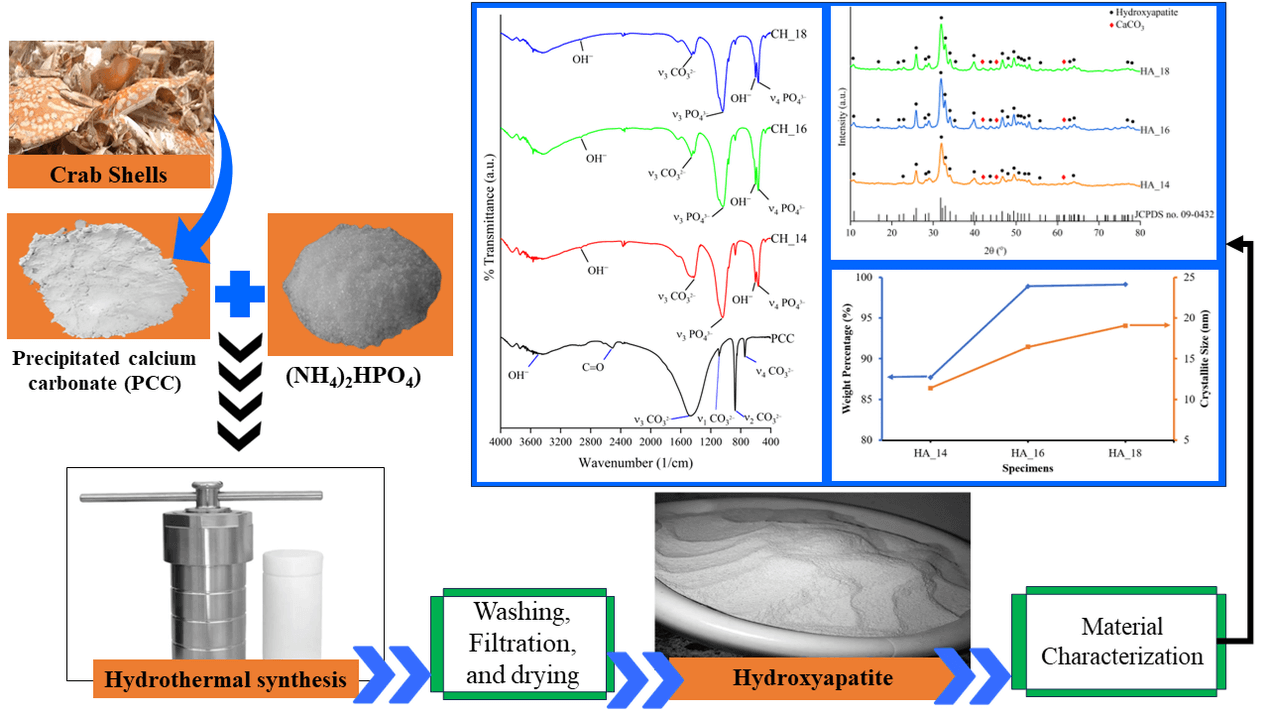 Open Access
Open Access
ARTICLE
Deni Fajar Fitriyana1,2,*, Rifky Ismail1,3,*, Athanasius Priharyoto Bayuseno1, Januar Parlaungan Siregar4,5, Tezara Cionita6
1 Department of Mechanical Engineering, Faculty of Engineering, Diponegoro University, Semarang, Jawa Tengah, 50275, Indonesia
2 Department of Mechanical Engineering, Faculty of Engineering, Universitas Negeri Semarang, Gunung Pati, Semarang, 50229, Indonesia
3 Center for Biomechanics, Biomaterial, Biomechatronics, and Biosignal Processing (CBIOM3s), Diponegoro University, Semarang, 50275, Indonesia
4 Automotive Engineering Center (AEC), Universiti Malaysia Pahang Al-Sultan Abdullah (UMPSA), Pahang, Malaysia
5 Faculty of Mechanical & Automotive Engineering Technology, Universiti Malaysia Pahang Al-Sultan Abdullah, Pekan, 26600, Malaysia
6 Faculty of Engineering and Quantity Surveying, INTI International University, Nilai, Malaysia
* Corresponding Author: Deni Fajar Fitriyana. Email: ; Rifky Ismail. Email:
(This article belongs to the Special Issue: Recent Advances on Renewable Materials)
Journal of Renewable Materials https://doi.org/10.32604/jrm.2024.052165
Received 25 March 2024; Accepted 29 April 2024; Published online 17 June 2024

View
Download
Like
Nanostructural Evolution of Sugarcane Rind and Pith Submitted to Hydrothermal Pretreatments
Marcelo M. Oliveira, Antônio A....Studies on Bone-Derived Calcium Phosphate Materials
Agnieszka Sobczak-Kupiec, Klaudia...Synthesis of Cadmium Sulfi de Quantum Dots with Simultaneous Desulfurization of Kerosene Oil
Shyamalima Sharma, Pronob Gogoi,...Valorization of a Good Bioceramic from Moroccan Waste Fish Bone by a Heat Treatment Method
Kaoutar Kara, Fatiha Ouanji, El...